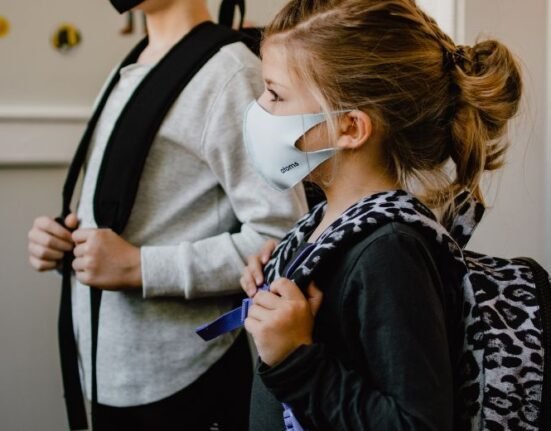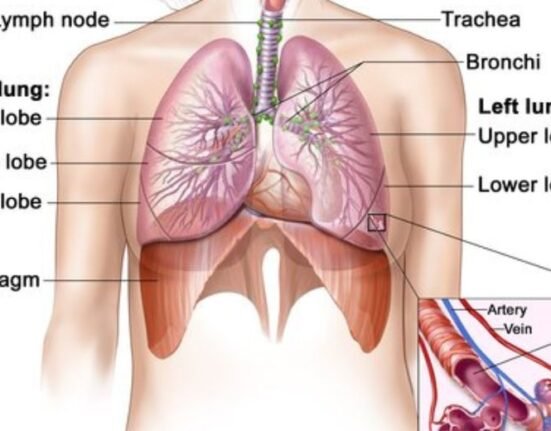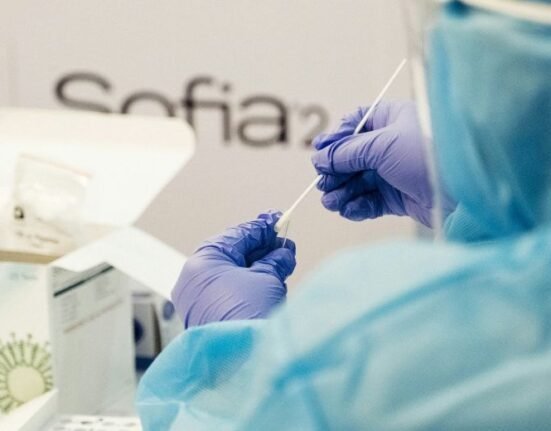HQ Team
August 25, 2023: SARS-CoV-2 can damage organs such as the heart, brain, kidney, and blood vessels and not the lungs alone, according to a study by global researchers.
The COVID-19 virus can bind to proteins in mitochondria, which powers the human cells with energy, suppressing the power of the proteins during acute infection.
“This shifted cells into a state where they produced more of the substances the virus needs for replication,” according to the study. “The researchers did not find this suppression in lung tissue samples taken after the virus had been cleared from the body.”
Tissue samples taken during autopsies from the heart, kidney, liver, and lymph nodes continued to show suppression of these mitochondrial genes long after the virus had been cleared from the body.
Cellular stress
“The reason for this continued suppression is unclear.” In tandem with reduced mitochondrial function in these tissues, the researchers saw an upregulation of genes related to cellular stress. Upregulation is an increase in the number or density of cell surface receptors for a physiologically active substance.
It causes an increase in sensitivity in response to persistent exposure.
Dr. Afshin Beheshti, president of the nonprofit COVID-19 International Research Team and visiting researcher at Broad Institute, and Dr. Douglas Wallace from Children’s Hospital of Philadelphia led the international team, including National Institutes of Health researchers.
The researchers came to their conclusion after comparing mitochondrial gene expression—when genes were activated—in tissue samples taken from the nasopharynx of 216 people with COVID-19 and 519 uninfected people.
They also looked at mitochondrial function in autopsy samples from the hearts, kidneys, livers, lungs, and lymph nodes of 35 people who died from COVID-19 and compared that with five people who died from other causes. The results were published on August 9, 2023, in Science Translational Medicine.
Mitochondrial dysfunction
“The continued dysfunction we observed in organs other than the lungs suggests that mitochondrial dysfunction could be causing long-term damage to the internal organs of these patients,” said Dr Wallace.
The researchers then used hamsters and mice to track mitochondrial function over the entire course of infection with SARS-CoV-2.
They saw similar results in these animal models. Mitochondrial energy production was suppressed in the lungs during early SARS-CoV-2 infection, then bounced back once the immune system brought the virus under control.
During early infection, mitochondrial gene expression was altered in the brain even though no SARS-CoV-2 was detected there, consistent with a systemic response to the virus.
miR-2392
The researchers also found a potential new target for treatment. They found that SARS-CoV-2 boosted the expression of a regulatory molecule called miR-2392. This, in turn, lowered the expression of mitochondrial genes involved in energy production.
“Neutralizing this microRNA might be able to impede the replication of the virus, providing an additional therapeutic option for patients who are at risk for more serious complications related to the disease,” said Dr Beheshti.
The COVID-19 virus has claimed the lives of about seven million people globally. New variants such as BA.2.86 are still currently in circulation.








